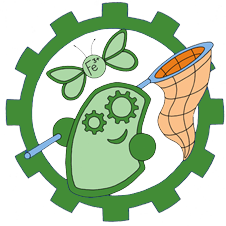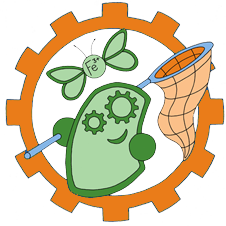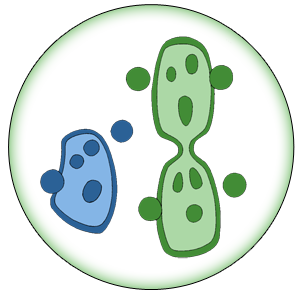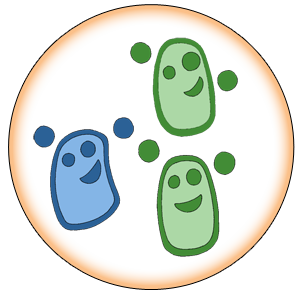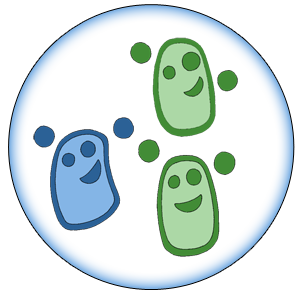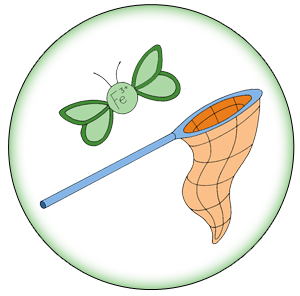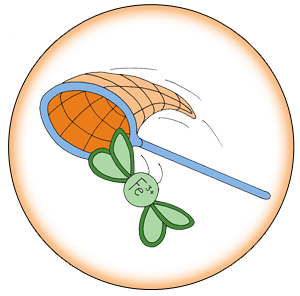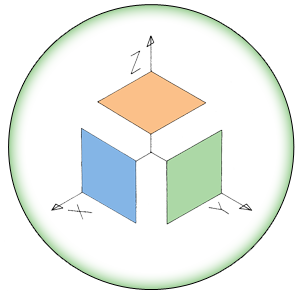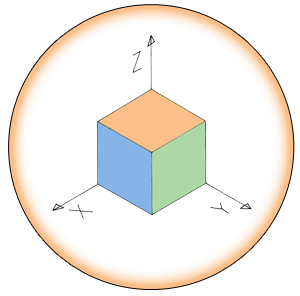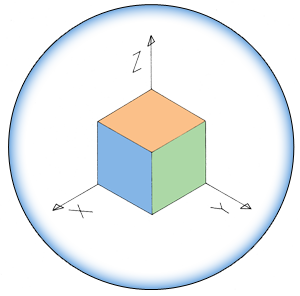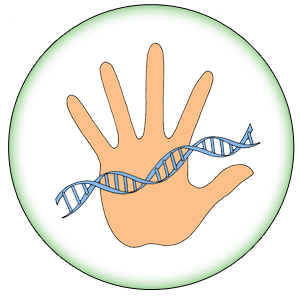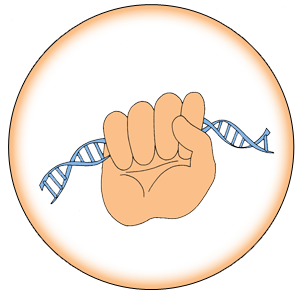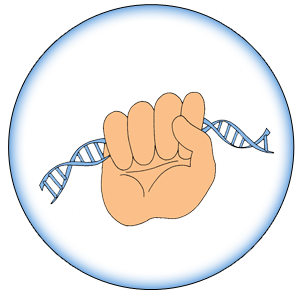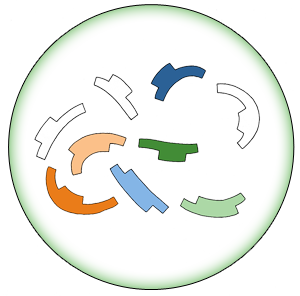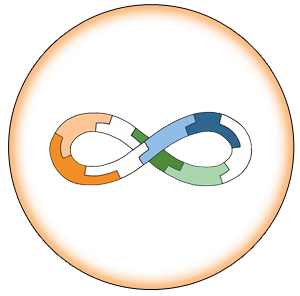Team:Edinburgh/Modeling/Platform
From 2013.igem.org
Hristianita (Talk | contribs) |
|||
| Line 3: | Line 3: | ||
<div class='content'> | <div class='content'> | ||
| + | |||
| + | <h3> Platform </h3> | ||
Our whole-cell model is founded upon a modular platform that serves as a cellular task manager; each process that takes place within the cell becomes simply an independent plugin, a function that is inserted into the platform and reads the various available cellular resources, then changes them appropriately as a result. The task manager cycles through all the processes, then updates the resources and takes a small step forward in time. | Our whole-cell model is founded upon a modular platform that serves as a cellular task manager; each process that takes place within the cell becomes simply an independent plugin, a function that is inserted into the platform and reads the various available cellular resources, then changes them appropriately as a result. The task manager cycles through all the processes, then updates the resources and takes a small step forward in time. | ||
Revision as of 19:23, 4 October 2013
Platform
Our whole-cell model is founded upon a modular platform that serves as a cellular task manager; each process that takes place within the cell becomes simply an independent plugin, a function that is inserted into the platform and reads the various available cellular resources, then changes them appropriately as a result. The task manager cycles through all the processes, then updates the resources and takes a small step forward in time. This way, we simulate the interactions between the various cellular processes, be they native or introduced; hopefully we gain insight as to how the artificial circuit operates in the wider context of the cell. This information aids the development of better-informed designs, which have a symbiotic rather than a parasitic relationship with their host.
Better yet than a living breathing computer cell is a computer cell that is accessible to everyone, despite its turbid programmatic depths. The modular platform at this model's core allows for easy mix-and-match of prepared modules (a.k.a. cellular processes) that are defined by the "black box" principle: the platform doesn't care about the module's internal workings; all it needs to know is the modified cell state (e.g. substance amounts, environment variables, resource availability, etc.) that each module produces in a given amount of time.
This idea can be extended to make the whole-cell model itself into a module which can run on a superplatform. It would be possible to choose the specific whole cell model that is required from a library of models (each depicting a different cell species or strain), or to create and program your own one. It may also be possible to specify some options, like turning on and off some features of the whole cell model or scaling the accuracy of the simulation, thus customizing it to be more coarse- or fine-grained according to tastes and inner beliefs.

| 
| | | | 
|
| This iGEM team has been funded by the MSD Scottish Life Sciences Fund. The opinions expressed by this iGEM team are those of the team members and do not necessarily represent those of MSD | |||||
 "
"
